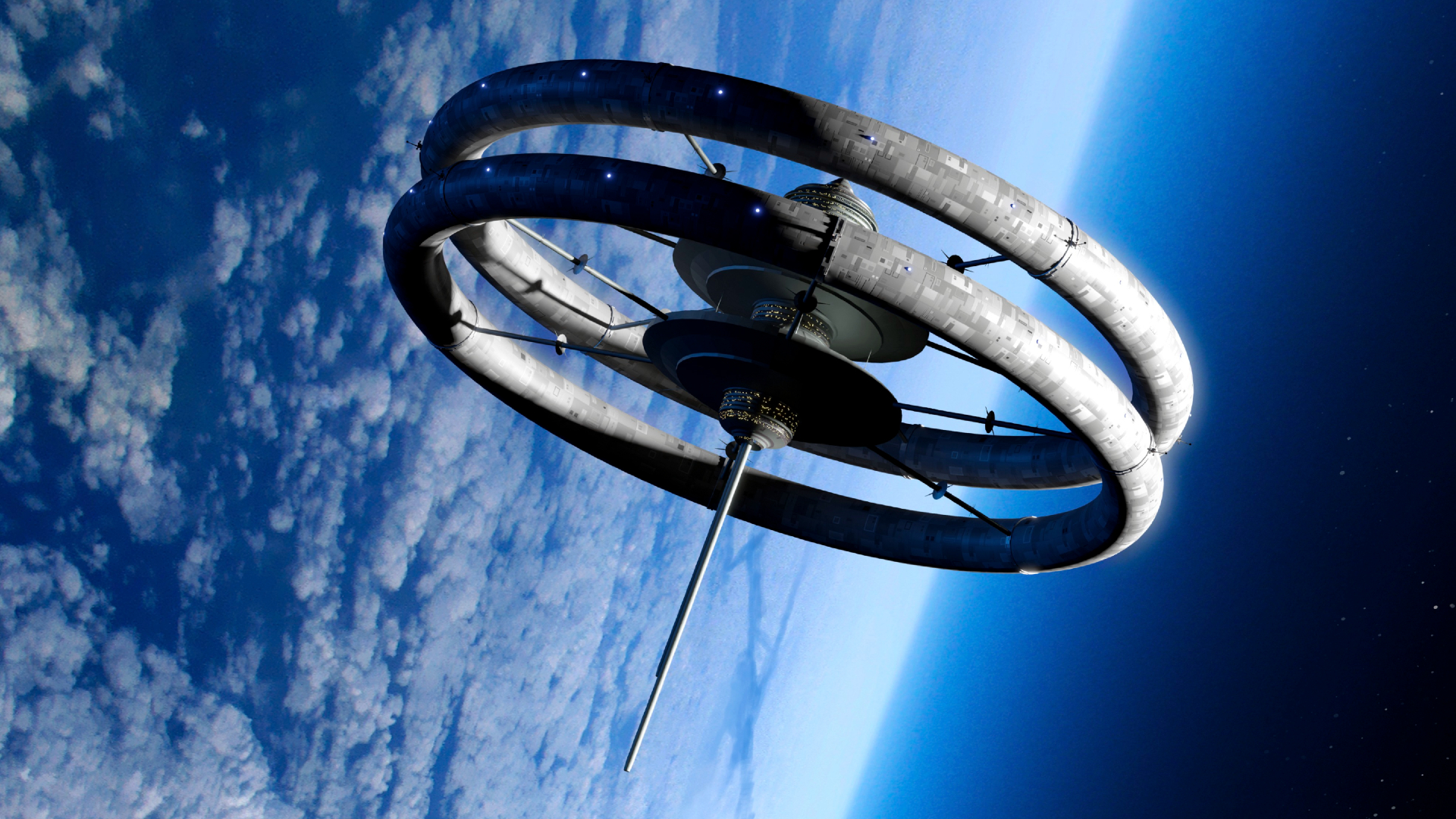New Instrument Designed to Sift for Life on Mars
Future Mars rovers could be equipped with a new instrument that sifts through Martian soil for chemical signs of life.
Biomedical students at the Johns Hopkins University School of Medicine have won a $750,000 NASA grant to design a prototype for a so-called mini mass spectrometer that can probe Mars core samples for evidence of biological molecules such as proteins and nucleic acids, of which DNA is made, for the European Space Agency's ExoMars mission, scheduled to launch in 2013.
"What a mass spectrometer can identify are chemical signatures of life or the building blocks of life that may have at some point existed on the red planet," said Robert Cotter, a professor in the School of Medicine at Hopkins, who developed the design concept for the proposed device.
Previous Mars missions such as the Viking landers were also equipped with mass spectrometers but they could only analyze gas samples.
"The thing that's novel in this case is this is the first time anyone has attempted to look at nonvolatile compounds," Cotter said.
The plan is to use a laser to chip off a small bit of a sample, essentially making it volatile. "If you take a hair, for example, and try to heat it, it will just burn. But if you bounce a laser off it, you can knock off a few proteins and things like that and convert it to the gas phase," Cotter explained.
The researchers face a challenging task of miniaturizing their mass spectrometer to the size of a shoe box. Currently, mass specs of the kind being proposed for the ExoMars mission are about the size of a mini-fridge, Cotter said.
Breaking space news, the latest updates on rocket launches, skywatching events and more!
Another hurdle is designing a mass spec that consumes little power. "We're aiming for 300 volts," Cotter said. "They're usually several kilovolts."
Using high voltages on Mars is dangerous because of the risks of "arcing," visible high-energy electrical discharges that can damage electronics. "At some volts, between 2,000 to 10,000 volts, things are generally pretty stable in the Earth's atmosphere, but they would discharge and be just like lightning between the circuit boards on Mars," Cotter told SPACE.com.
Solving the power consumption problem could help the researchers shrink the instrument. "If there's lower power, the pieces can get smaller and the miniaturization should be better," Cotter said.
Ker Than is a science writer and children's book author who joined Space.com as a Staff Writer from 2005 to 2007. Ker covered astronomy and human spaceflight while at Space.com, including space shuttle launches, and has authored three science books for kids about earthquakes, stars and black holes. Ker's work has also appeared in National Geographic, Nature News, New Scientist and Sky & Telescope, among others. He earned a bachelor's degree in biology from UC Irvine and a master's degree in science journalism from New York University. Ker is currently the Director of Science Communications at Stanford University.
